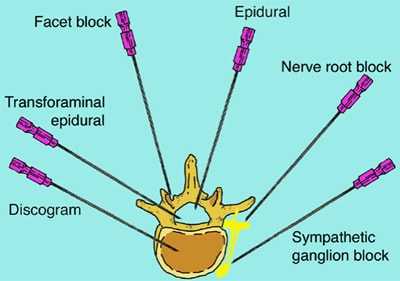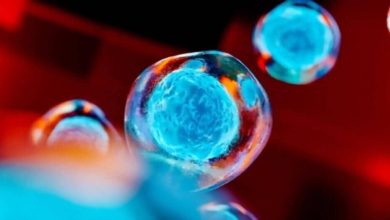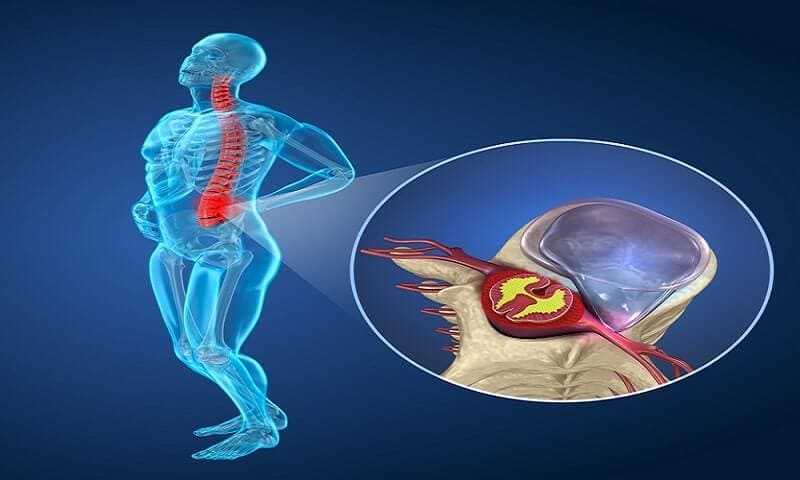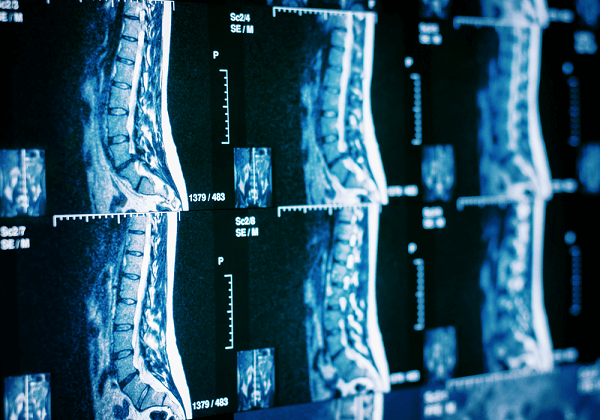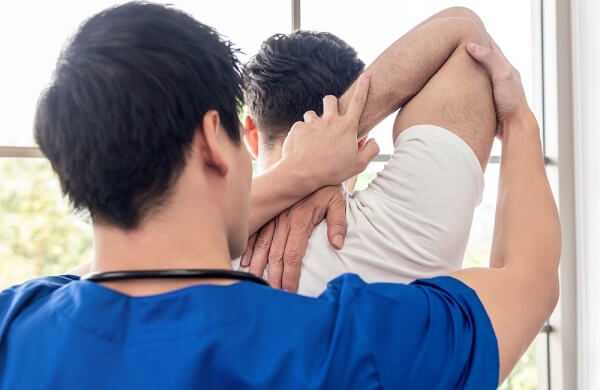Herniated Disc – Overview of Treatment Options
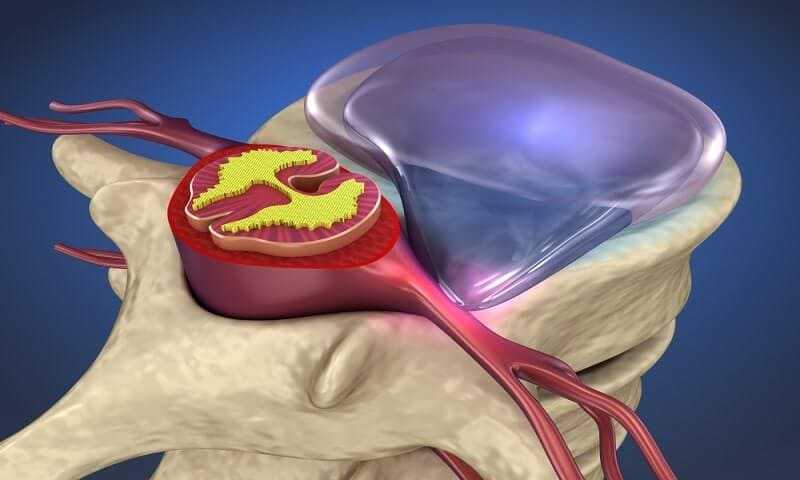
Once a person has been diagnosed with a herniated disc, there are several options for treatment. The doctor will begin with nonsurgical methods to treat the herniated disc. If these treatments do not work, further discussion will be addressed for the different surgical treatment options.
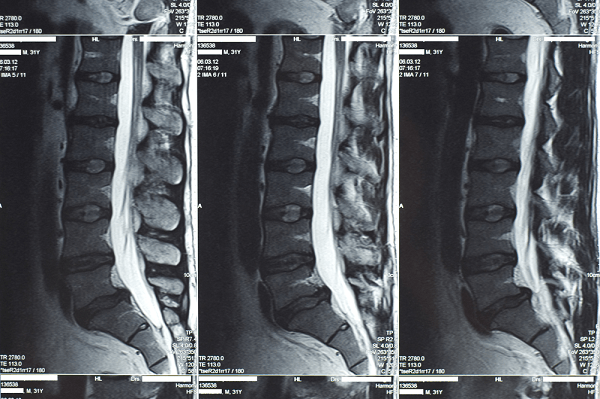
The goal for treating a herniated disc is to relieve pain, weakness or numbness that occurs in the leg and lower back. This pain is caused by pressure on a spinal nerve root or the spinal cord. Treating a herniated disc will hopefully allow a person to return to a normal work, recreation, and activities schedule. Treatment is also intended to help prevent another injury to the back and to reduce disability from intense back pain.

Herniated Disc Recovery Time after Treatment
Nearly 50% of people diagnosed with a herniated disc in the lower back will recover within a month. This is because inflammation fades over time. Most people diagnosed with a herniated disc will recover within six months. Usually, just about 10 percent of people suffering from herniated disc are obliged to have a surgical operation.
How Nonsurgical Options can Work
Doctors choose to wait for at least four weeks because many herniated discs can heal themselves. This is a process called resorption. It occurs after the gel-like substance inside the disc breaks through the outer shell and is exposed to the other tissues. The tissues produce chemicals that can break down the gel-like material and other disc fragments. The body will then absorb the material and fragments over time. This will relieve pressure on the nerve roots to eliminate the pain.

Herniated Disc Nonsurgical Treatments
- Knowledge – Learning how to take care of the back is the key to nonsurgical success. A doctor may recommend physical therapy, which can provide with physical or mechanical means. An example of this would be heat or exercises that would support the lower back.
- Rest – Rest is essential to allow the herniated disc to heal without further aggravation. While rest is important, a doctor will likely recommend an increase in activity gradually.
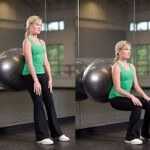
- Exercise – Keeping active with exercise is important. Exercises to strengthen the core can help to improve the muscles of your trunk, which will help to protect the back. Best Exercises For Lower Back Pain
- Medication – If needed, a doctor will recommend specific medications that can help with the pain. Medication can help to control pain, as well as inflammation. Start off with nonprescription pain medication or nonsteroidal anti-inflammatory drugs. If these do not work, a doctor can order muscle relaxants, corticosteroids, opiods, or antidepressants. Spinal Injections For Back Pain
Herniated Disc Surgical Options
For people who have severe nerve damage, severe weakness or numbness, or continuous prolonged pain, surgery is a good option that is available. The most common surgery for a herniated disc is Discectomy. This surgery will remove disc material through an incision. It is mainly performed for people that have pain in the leg. It is not generally performed for people that only have back pain. Laser Spine Surgery is another surgical option. It only requires a skin deep incision and is becoming more popular.
Nonsurgical is the best option. Most people will heal over time without surgery. For those that must have surgery, there are effective options available.

